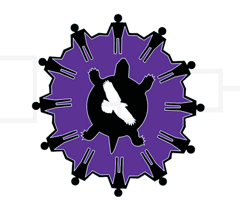Abstract
Teaching Indigenous students environmental education through an interdisciplinary learning approach takes advantage of a more holistic perspective that these students share. Students enrolled in three different Native American and Indigenous Studies courses were asked to contribute to a class capstone project. The three projects consisted of a land acquisition and management proposal with the Miami Nation of Indiana, a proposal for a forest management plan for the Keeweenaw Bay Indian Community, and environmental histories of the Miami, Potawatomi, and Shawnee in Indiana. The development of these service and community projects in natural resource management and environmental studies promoted an interdisciplinary teaching method because students had multiple considerations before, during, and after the creation of the assigned tasks. These projects were designed to build capacity with students enrolled in the courses and to promote tribal sovereignty.
Recommended Citation
Emmons, Nichlas and Hardin, Travis
(2014)
"Teaching Environmental Education to Native American and Alaska Native Students: A Case Study in Interdisciplinary Teaching in Higher Education,"
Journal of Indigenous Research: Vol. 3:
Iss.
1, Article 7.
DOI: https://doi.org/10.26077/1s5g-qq02
Available at:
https://digitalcommons.usu.edu/kicjir/vol3/iss1/7

